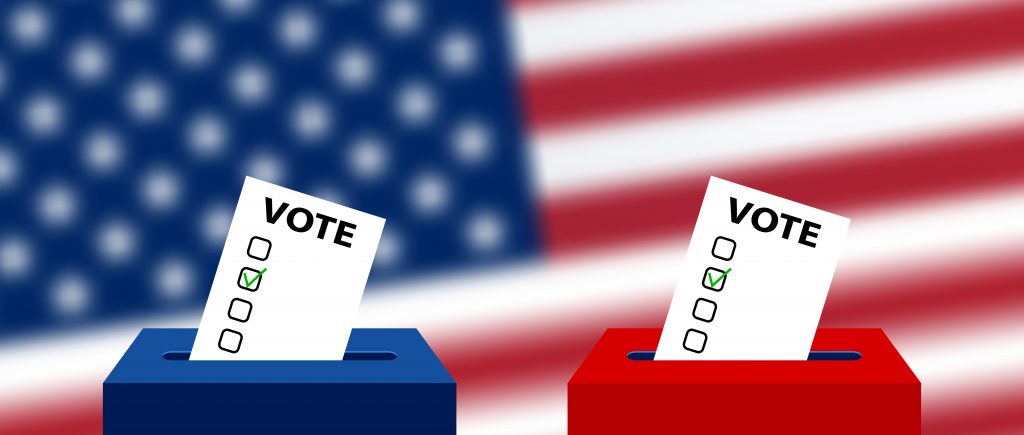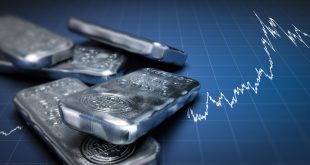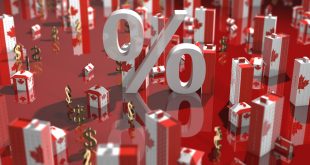The Federal Reserve will effectuate the first raise interest rates at its 16 March meeting in an attempt to put confront inflation. The big question now is whether policymakers will boost rates by a quarter of a percentage point or a half-point.
But there are some Wall Street experts who think Fed chair Jerome Powell and his fellow central bankers will look to do as much as they can to curb inflation now in order to avoid more rate hikes in the late summer and fall.
Timing seems to matter for the good of the US economy. Rate increases could have a negative impact on the markets and the economy.
The Fed typically tries to steer clear of raising rates too close to an election, in this case the November midterms, to avoid any perception that its policies might benefit or hurt a particular party.
Some believe that Fed’s policymakers could front-end load some rate hikes in order to avoid the midterms and stay unpolitical, so Fed will look at economic data, not the midterm voting. Others suggest that the last thing the Fed will want to do is base its decisions on a political basis.
The US central bank is steadfastly unpolitical and does not care about the calendar. It is a dual mandate to maintain price stability and maximum employment, not ensure the status quo on Capitol Hill.
Fed needs to continue monitoring economic reports, and right now, inflation pressures still suggest that there will be more rate hikes in the near future.
Fed can be political by not raising rates, and the best thing Fed can do is ignore the fact that it is a midterm election year and focus on data. That is exactly what policymakers did four years ago during the last midterm cycle.
The Jerome Powell-led Fed raised rates three times in 2018 before the midterms, including one hike in late September. The Democrats won control of the House from the Republicans in that election. Fed raised rates again in December that year. Powell was nominated to be Fed chair by Trump in 2017. President Joe Biden nominated him for a second term last November, so he is not looked upon as leaning to either political party in the USA.
Fed is more than one person. The Open Market Committee, which sets interest rates, includes appointees from presidents of both parties. Powell himself was nominated to the Fed’s Board of Governors by President Barack Obama in 2011.
The only thing that looks certain is that market and economic uncertainty is not going away. It is almost impossible to know what will happen in the next few weeks and months.
Fed will only pause if inflation data cools this summer. It cannot afford to look political. It will remain loyal to the data. But, is That a blessing or a curse? This what will be unfolding immediately after next FOMC meeting.

 Noor Trends News, Technical Analysis, Educational Tools and Recommendations
Noor Trends News, Technical Analysis, Educational Tools and Recommendations




